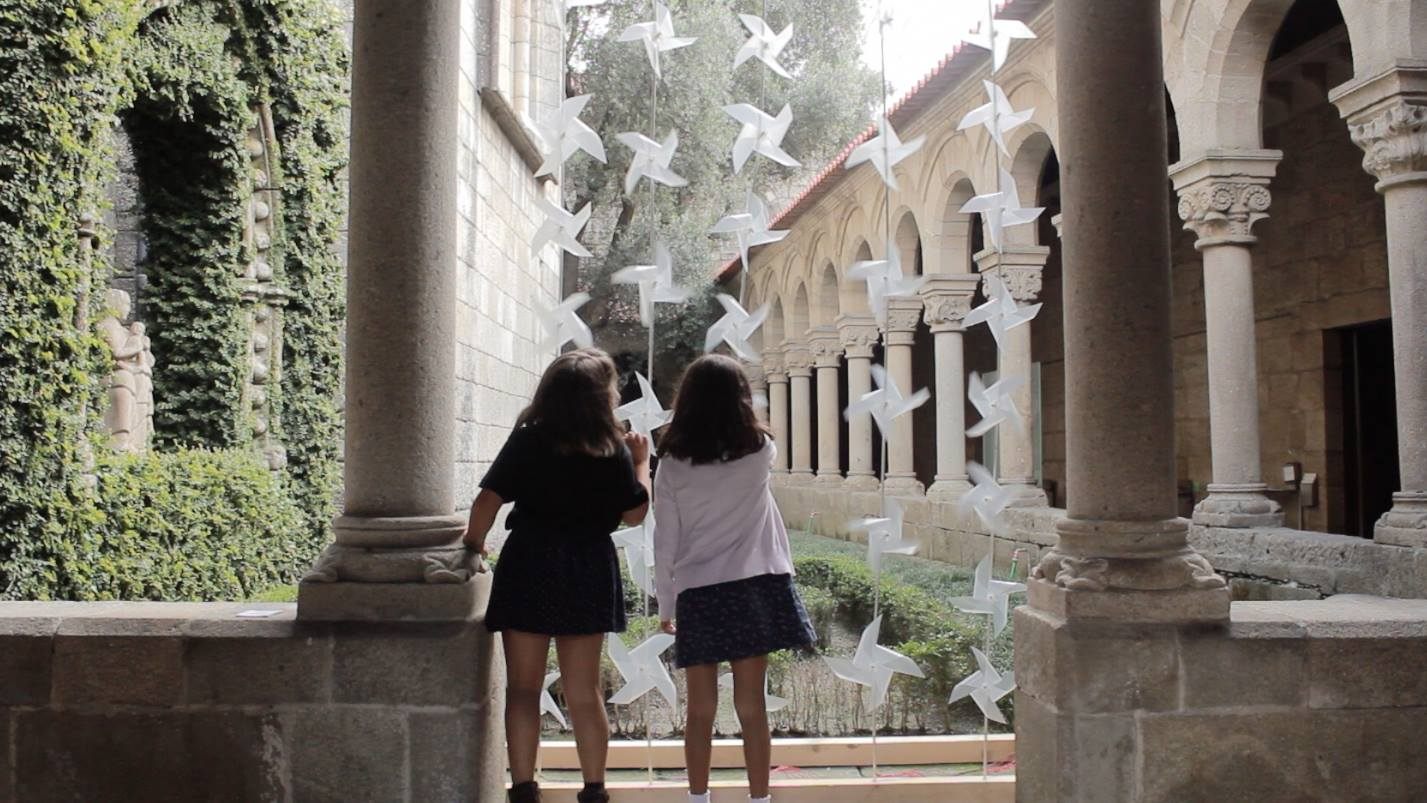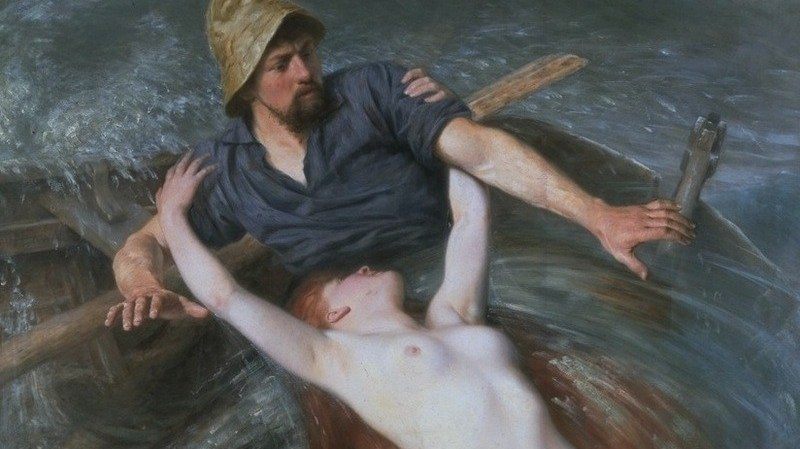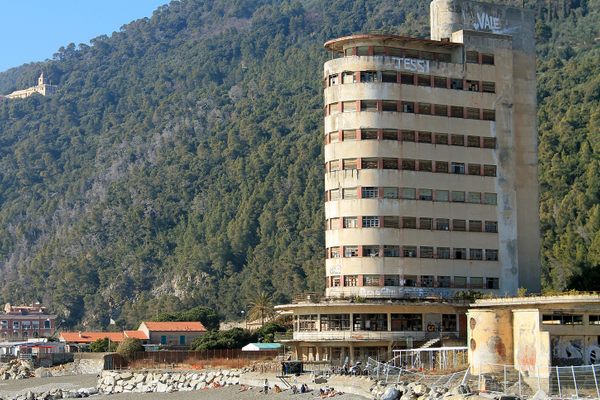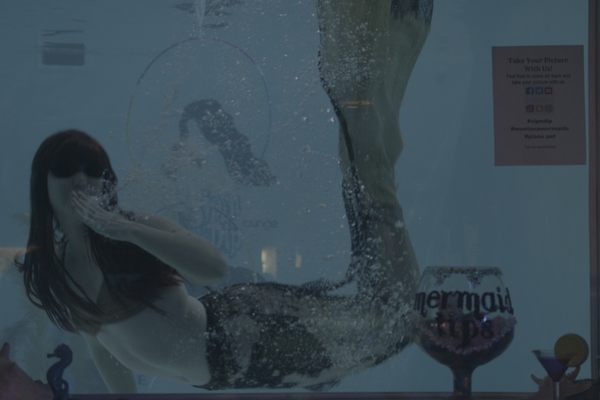Unicycle Spelunking, Sexy Mermaids, and Holes in the Head: Roundup Obscura October 27
For your Monday-afternoon pleasure, a new regular feature: Roundup Obscura, one photo and five links to fascinations around the world and the web.
 Photo of the week: “Cata Sopros,” an interactive sound installation by Elas Duas at the Museu de Alberto Sampaio in Guimarães, Portugal. This ”collective musical instrument” is made from paper windmills and transform users’ breath into haunting and melodic sounds. The title is a a play on the Portuguese word for windmills — cata ventos means wind catchers, so cata sopros means breath catchers. See a video of the installation in action here
Photo of the week: “Cata Sopros,” an interactive sound installation by Elas Duas at the Museu de Alberto Sampaio in Guimarães, Portugal. This ”collective musical instrument” is made from paper windmills and transform users’ breath into haunting and melodic sounds. The title is a a play on the Portuguese word for windmills — cata ventos means wind catchers, so cata sopros means breath catchers. See a video of the installation in action here
Spelunking on One Wheel
Tom Lupton and Stephan Thomas, two friends from Cardiff, may have come up with the world’s newest extreme sport: cave unicycling. Videographers Michael and Kate Garret recorded the duo hopping over boulders, fording underground streams, and squeezing through subterranean passages — all from atop their unicycles. “The added level of risk makes everything you do that much more special, that much more monumental when you achieve it,” says Tom. [via Atlantic]
What Makes a Building Sacred?
The concept of “sacredness” is not intrinsic to objects or building materials — something only becomes sacred by decision, custom, or consensus. Yet sacred buildings certainly exist; whether due to the presence of divinity, the suggestion of the forbidden beyond, or a consummate aesthetic appeal, being in the presence of that which we consider sacred can even act upon our physiology. How do we make these assignments, and what happens when a sacred building is destroyed? [via Aeon Magazine] “Knut Ekwall Fisherman and The Siren” by Knut Ekvall (via Wikimedia)
“Knut Ekwall Fisherman and The Siren” by Knut Ekvall (via Wikimedia)
The Sordid and Sexy History of the Mermaid
Mermaids have captivated popular imagination forever, but where did it all begin? In his latest “Fantastically Wrong” column, Matt Simon delves into the mythic, folkloric, and literary history of the mermaid. It’s a great primer on the difference between nereids, sirens, and dugongs, as well as the ancient techniques old sailors used to avoid them all. [via Wired]
The Muxes of Juchitán de Zaragoza
In this indigenous Oaxacan town, muxes, who are born presenting as males but live as women, have been revered since precolonial times for bringing luck to their families. Each November, muxes are celebrated at the Vela de las Auténticas Intrépidas Buscadoras del Peligro, or Vigil of the Authentic Intrepid Searchers of Danger. The four-day festival includes one mass, several days of partying, dancing, and feasting, plus a parade, a pageant, and the coronation of a muxe queen. [via Nowhere Magazine] “Trepanation - feldbuch-der wundartzney” by Hans von Gersdorff (via Wikimedia)
“Trepanation - feldbuch-der wundartzney” by Hans von Gersdorff (via Wikimedia)
Surprising Evidence About Antiquated Medical Practices
Lobotomies, electroshock therapy, and leeches — thank goodness those barbaric practices have all been abandoned. Except… maybe they haven’t? Here’s a (somewhat disturbing) roundup of five old-timey medical treatments that actually seem to work. [via Popular Science]




















Follow us on Twitter to get the latest on the world's hidden wonders.
Like us on Facebook to get the latest on the world's hidden wonders.
Follow us on Twitter Like us on Facebook